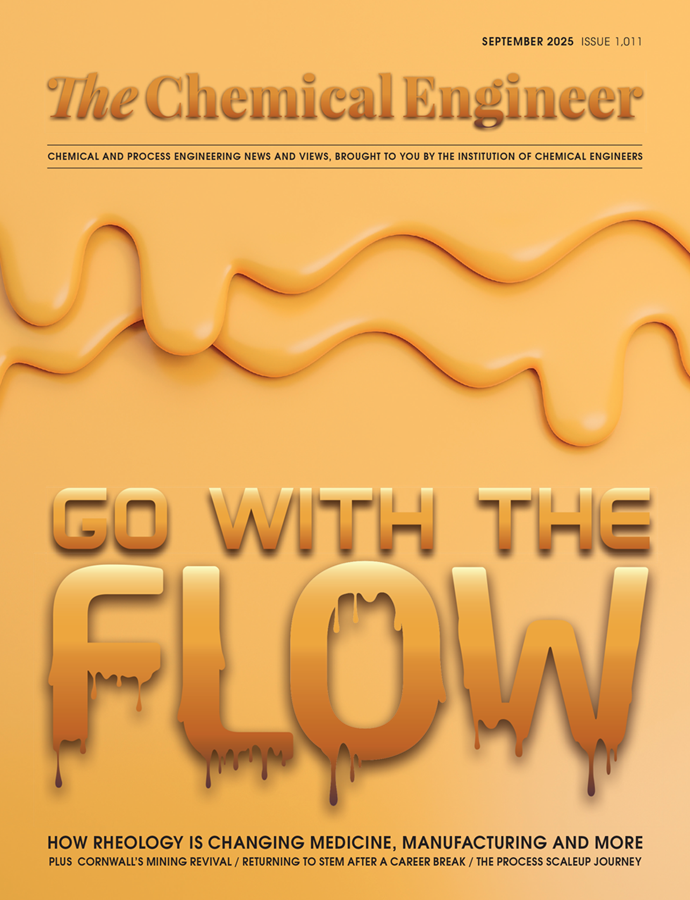Phosphate Rocks Chapter 28: Sulphuric Acid

The hazards of oil of vitriol had been known for at least twelve hundred years before the acid deprived Willy of his sight. They said it was his own fault. After the accident, Willy tended to agree with what anybody said. They said that he had been a good operator. He ran the plant for twenty years before the accident. No one doubted that he understood the process.
So why did he do what he did?
The eighth-century alchemist Jabir ibn Hayyan(i) was the first to record production of sulphuric acid, calling it oil of vitriol.
In 1746, the British medical doctor and entrepreneur John Roebuck(v) started producing sulphuric acid in lead-lined wooden boxes. Improvements in equipment were made by others, including French chemist Joseph Louis Gay-Lussac(xi) and the lead chamber process was used until the British vinegar merchant Peregrine Phillips(xii) patented the more economical contact process in 1831.
In the contact process, sulphur, oxygen and water react to make sulphuric acid(B). Of course, it’s a little more complicated than that.
First, solid sulphur melts and is pumped to a chamber where it is burned with air to form sulphur dioxide. The same pungent gas is released by volcanoes. In tiny amounts it is a useful anti-microbial, and you’ll find it in dried fruits, like apricots and sultanas. It goes by the alias of preservative E220.
The volcano gas is then reacted with further oxygen in the air to form sulphur trioxide. This is the gas responsible for acid rain. Tiny quantities of sulphur trioxide in the air react with water to form sulphuric acid. Fortunately for the marble statues and forests of this world, the oxidation of sulphur dioxide, SO2, to sulphur trioxide, SO3, is slow and difficult. In Willy’s plant the trick to conversion was a catalyst.
A catalyst is something that promotes a chemical reaction without being directly involved. It can provide a site for reacting molecules to meet or a shortcut for their travel, a lower energy pathway. It remains unaltered while all around is change.
Recent Editions
Catch up on the latest news, views and jobs from The Chemical Engineer. Below are the four latest issues. View a wider selection of the archive from within the Magazine section of this site.




